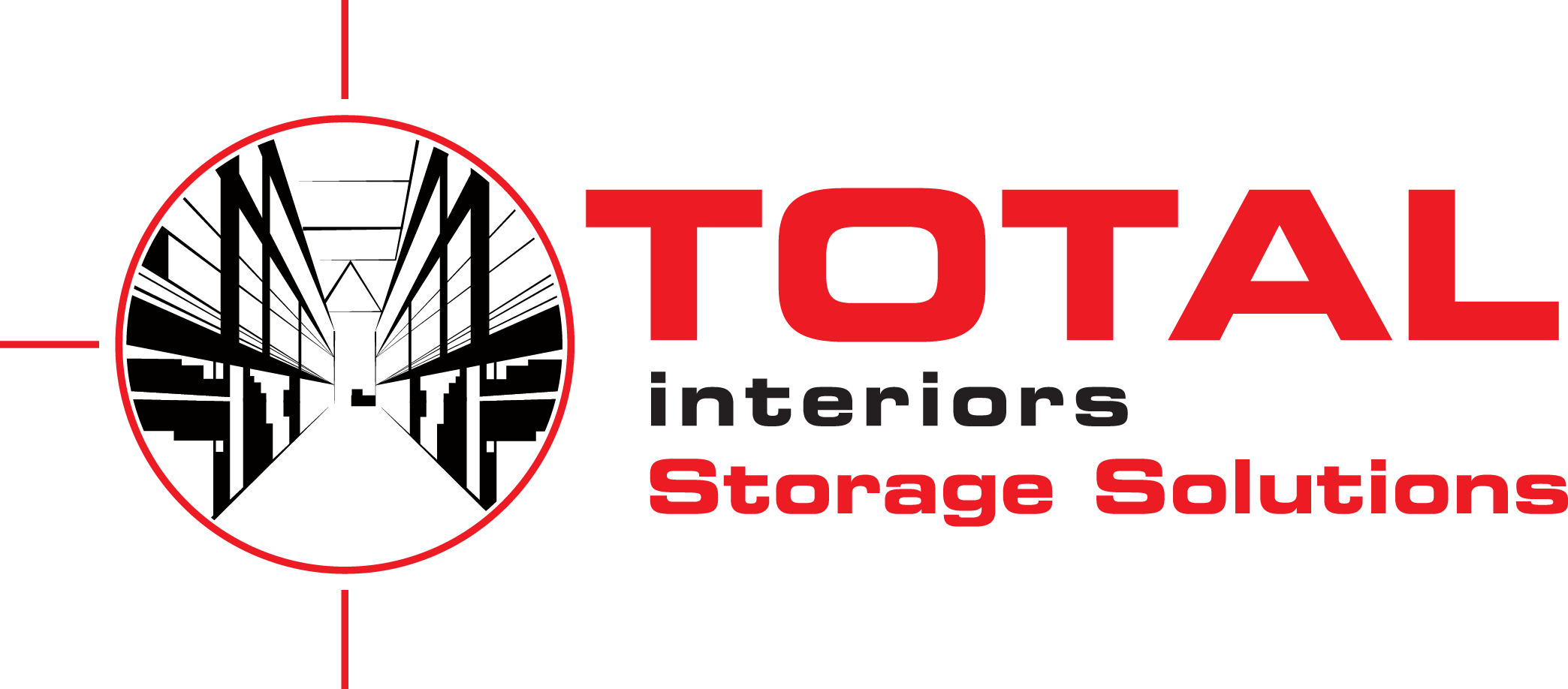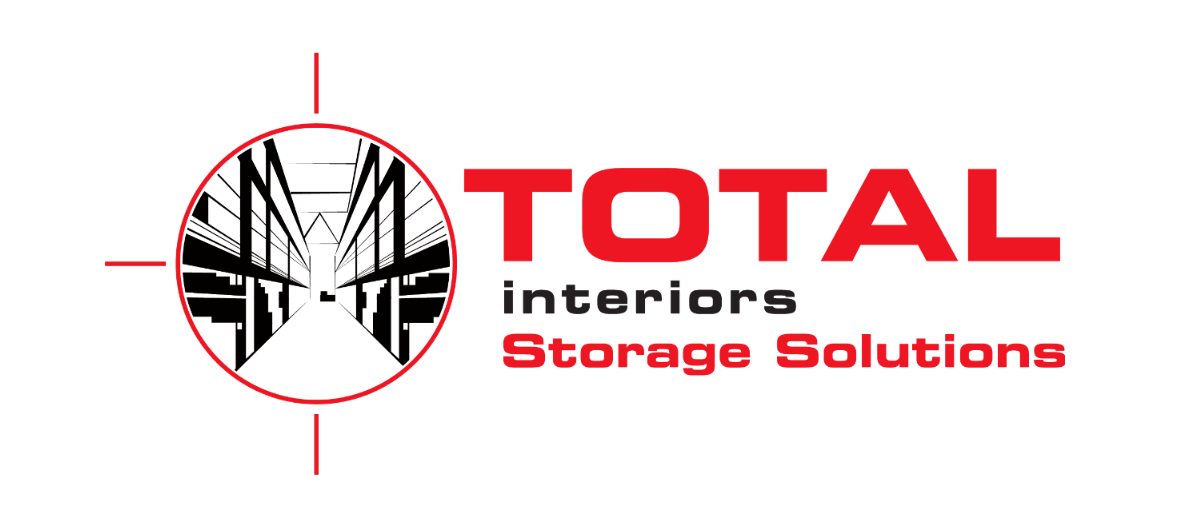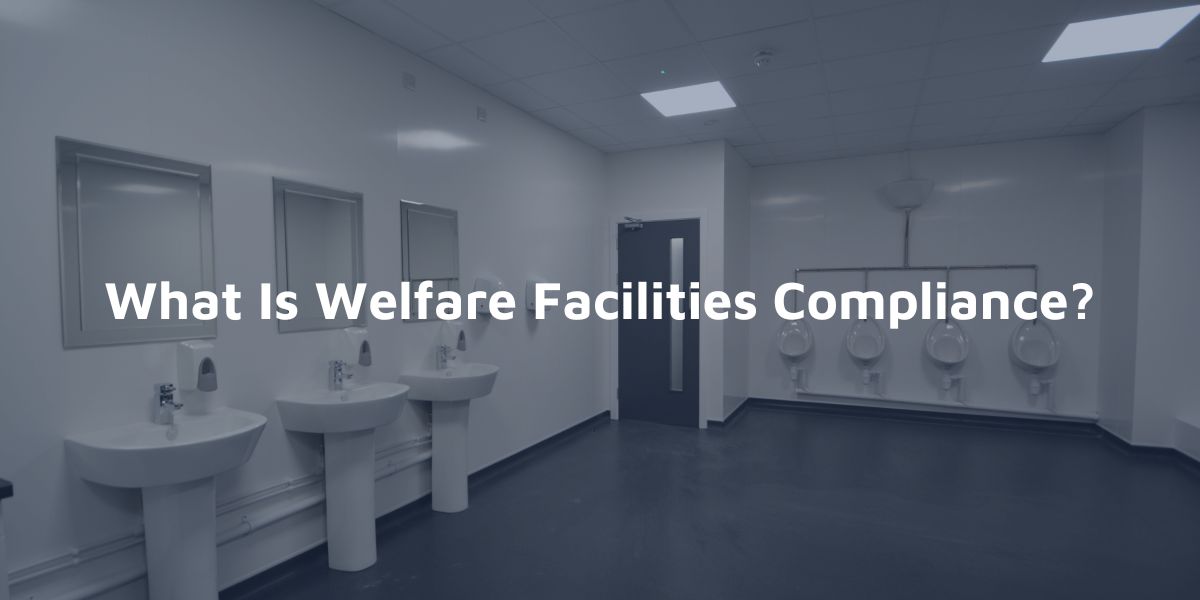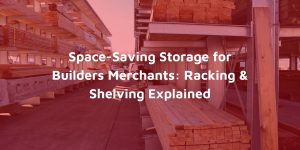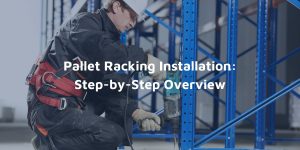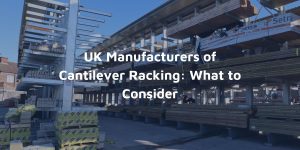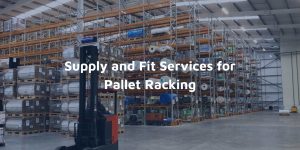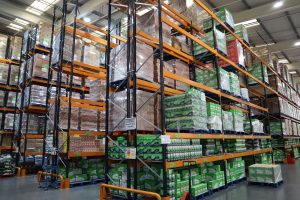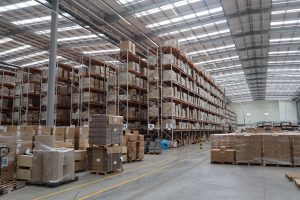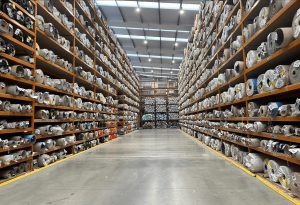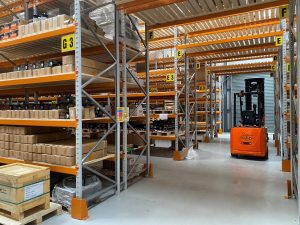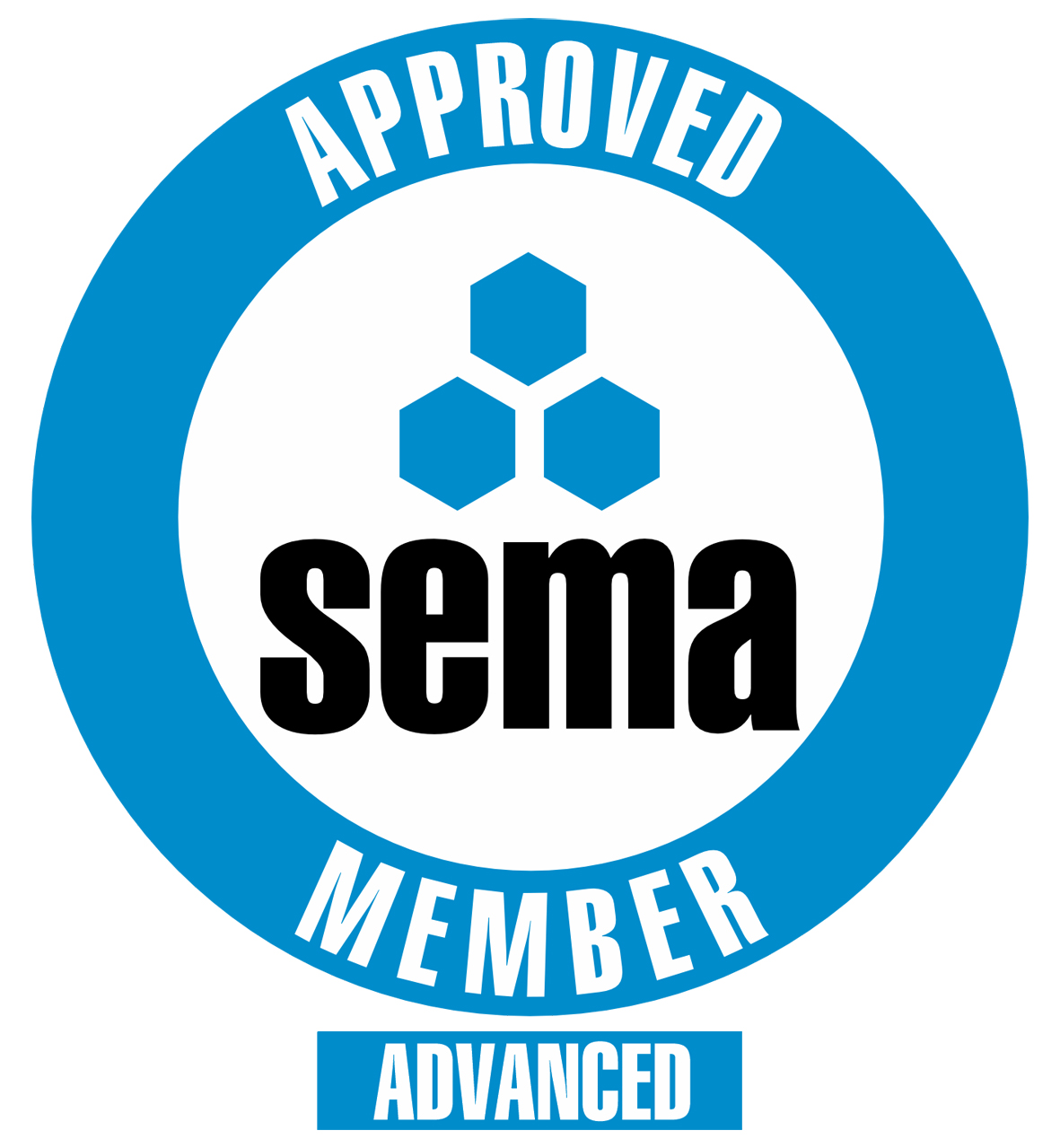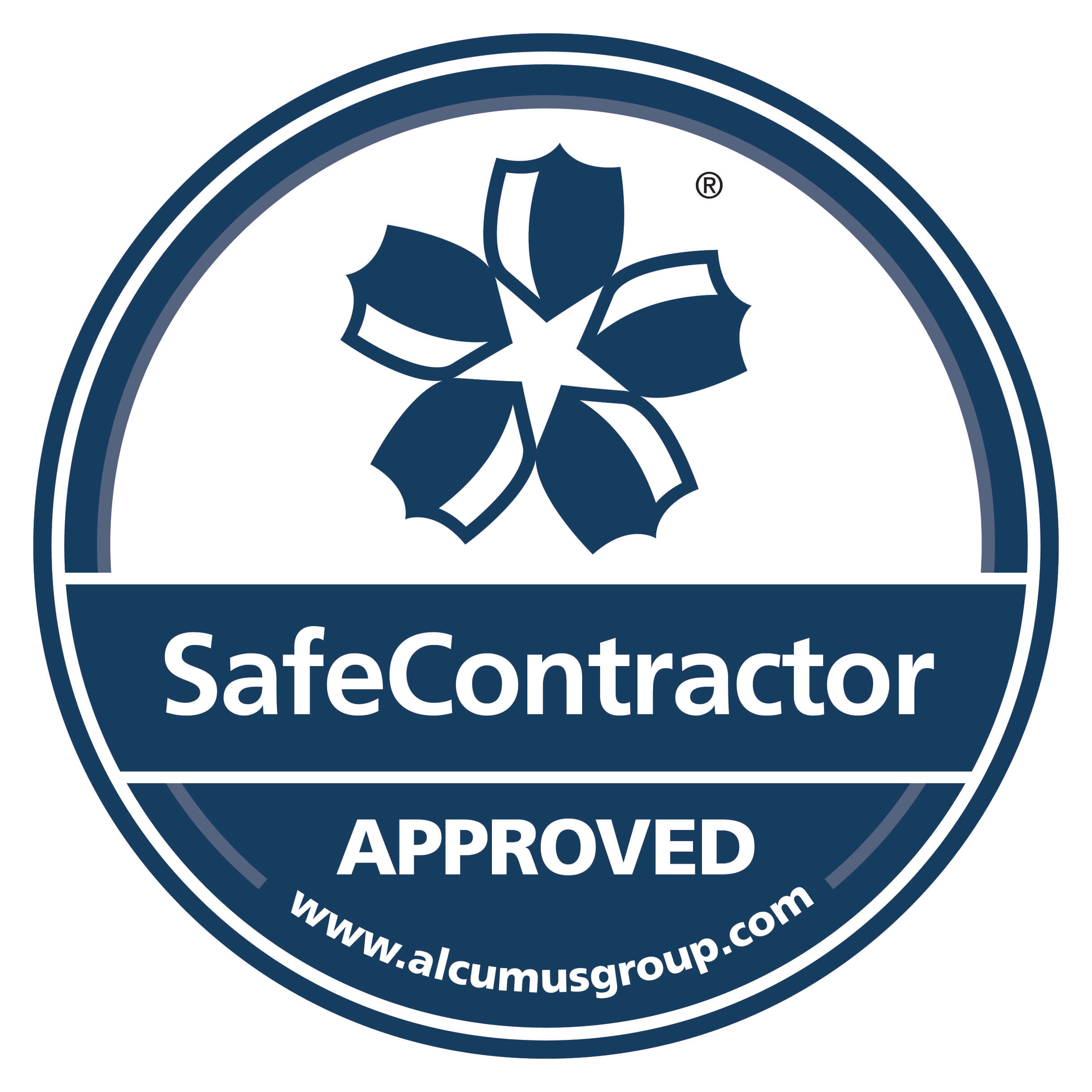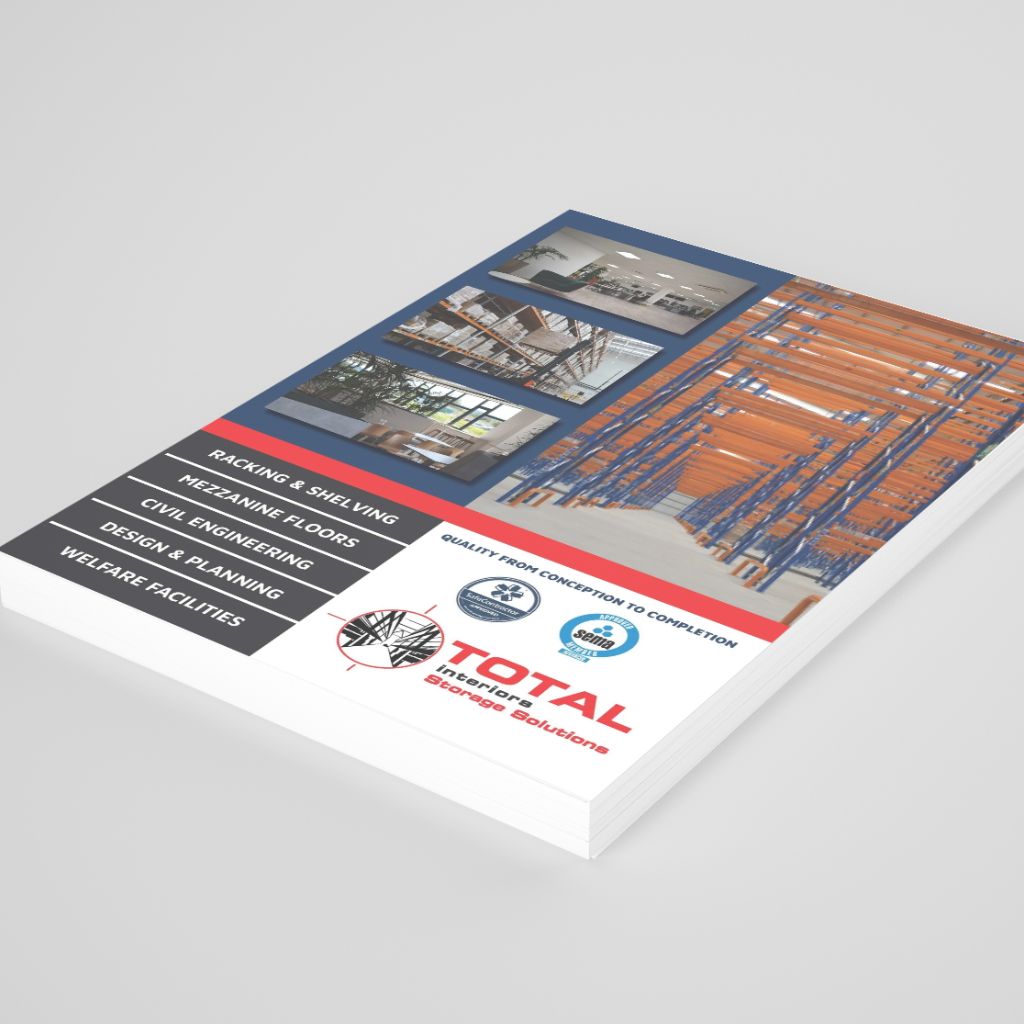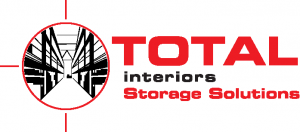Providing adequate welfare facilities isn’t just about ticking boxes – it’s about ensuring your employees have the basic amenities they need to feel comfortable, safe, and valued at work. In the UK, welfare facilities compliance refers to meeting the standards outlined by the Health and Safety Executive (HSE). These guidelines cover everything from toilets and washing facilities to rest areas and drinking water.
In this article, we’ll break down what welfare facilities compliance means, why it’s essential, and how businesses can ensure they’re fully compliant. Plus, we’ll include a handy checklist to get you started!
What Does Welfare Facilities Compliance Mean?
Welfare facilities compliance refers to adhering to the legal standards for workplace amenities as set out in the Workplace (Health, Safety, and Welfare) Regulations 1992. These regulations aim to safeguard employee health, safety, and well-being by ensuring workplaces provide the following:
- Toilets and washing facilities
- Access to drinking water
- Rest areas and eating spaces
- Facilities for changing clothes (where necessary)
- Safe storage for personal items
Essentially, it’s about creating a work environment where employees’ basic needs are met. Without these amenities, businesses risk employee dissatisfaction, reduced productivity, and potential legal action.
Why Is Welfare Facilities Compliance Important?
Let’s be honest – no one wants to work in an environment that lacks clean toilets, access to water, or a comfortable space to take breaks. Welfare facilities compliance goes beyond legal obligation; it’s about fostering a workplace culture that values health and well-being. Here’s why it matters:
1. Legal Compliance
Failure to meet HSE standards can lead to hefty fines, legal action, and reputational damage. Staying compliant protects your business from these risks.
2. Employee Morale and Productivity
Employees who feel cared for are more likely to be engaged, motivated, and productive. Clean, accessible facilities show your workforce that you value their needs.
3. Health and Safety
Substandard facilities can lead to hygiene issues, accidents, and health problems – all of which can disrupt operations and harm your team.
4. Attracting and Retaining Talent
In today’s competitive job market, offering a workplace with proper welfare facilities can give you an edge. It’s a clear signal that you prioritise employee well-being.
Key Welfare Facilities Standards Set by the HSE
The HSE provides detailed guidance on what’s required to comply with welfare facilities regulations. Let’s take a closer look at the key areas:
1. Toilets and Washing Facilities
- Provide enough toilets and sinks for the number of employees.
- Ensure facilities are clean, well-lit, ventilated, and equipped with soap and hand-drying options (e.g., paper towels or dryers).
- Offer separate toilets for men and women or lockable unisex options.
2. Drinking Water
- Drinking water must be readily accessible, clean, and free of charge.
- Ensure there are cups or other means for employees to drink if a water fountain isn’t available.
3. Rest Areas and Eating Facilities
- Provide a dedicated area for employees to eat, especially in workplaces where food consumption at desks isn’t possible (e.g., manufacturing sites).
- Ensure rest areas are clean, ventilated, and comfortable, with tables, chairs, and waste disposal facilities.
4. Changing and Storage Facilities
- Offer secure storage for personal items and clothing.
- Provide changing rooms and lockers if employees need to wear specific work clothing or protective gear.
Checklist: Is Your Workplace Compliant?
Here’s a quick checklist to help you assess whether your workplace meets HSE welfare facility standards:
- Are there enough toilets and washing facilities for all employees?
- Are toilets clean, well-lit, ventilated, and stocked with soap and hand-drying options?
- Is clean drinking water readily available, along with cups or fountains?
- Are there comfortable and hygienic rest areas for eating and taking breaks?
- Do employees have access to secure storage for personal belongings?
- Are changing rooms available for staff who require them?
- Are facilities accessible to employees with disabilities?
If you’ve ticked “yes” to all of the above, you’re likely in good shape. If not, it’s time to take action to bring your workplace up to standard.
Tips for Ensuring Compliance
Compliance doesn’t happen overnight, but here are a few tips to help you get started:
- Conduct a Workplace Audit
Regularly review your facilities to ensure they meet HSE standards. Use the checklist above as a guide. - Seek Employee Feedback
Your team uses these facilities daily, so ask for their input. Are the toilets clean? Is the drinking water easy to access? Their feedback can help you identify gaps. - Work with Experts
Consider consulting with professionals who specialise in workplace compliance, such as Total Interiors Direct Ltd. We can help assess your facilities and recommend cost-effective solutions. - Prioritise Maintenance
Even compliant facilities can fall short if they’re not well-maintained. Schedule regular cleaning, restocking, and repairs to keep everything in top shape.
Why Choose Total Interiors Direct Ltd?
At Total Interiors Direct Ltd, we specialise in creating compliant, functional, and modern workplace facilities. From planning and installation to ongoing maintenance, our team can ensure your welfare facilities not only meet HSE standards but also exceed employee expectations.
Explore our services at www.totalinteriorsdirect.co.uk and let us help you create a workplace your team will love.
FAQs
1. What are welfare facilities in a workplace?
Welfare facilities include toilets, washing facilities, drinking water, rest areas, changing rooms, and storage spaces designed to meet employees’ basic needs at work.
2. Who is responsible for welfare facilities compliance?
Employers are legally responsible for providing and maintaining welfare facilities that comply with HSE regulations.
3. What happens if my business isn’t compliant?
Non-compliance can lead to legal penalties, employee complaints, and reputational harm. It’s essential to address any gaps promptly.
4. Can small businesses be exempt from these standards?
No, all businesses, regardless of size, must adhere to the regulations. However, the scale of facilities provided may vary depending on the number of employees and the nature of the work.
Final Thoughts
Meeting welfare facilities compliance standards isn’t just about avoiding penalties – it’s about creating a safe, welcoming environment where employees can thrive. By following HSE guidelines and using the checklist provided, your business can ensure it’s meeting the mark.
If you’re unsure where to start or need expert advice, get in touch with Total Interiors Direct Ltd. Together, we’ll create a workplace that prioritises health, safety, and well-being.
Ready to upgrade your welfare facilities? Visit Total Interiors Direct Ltd today!
